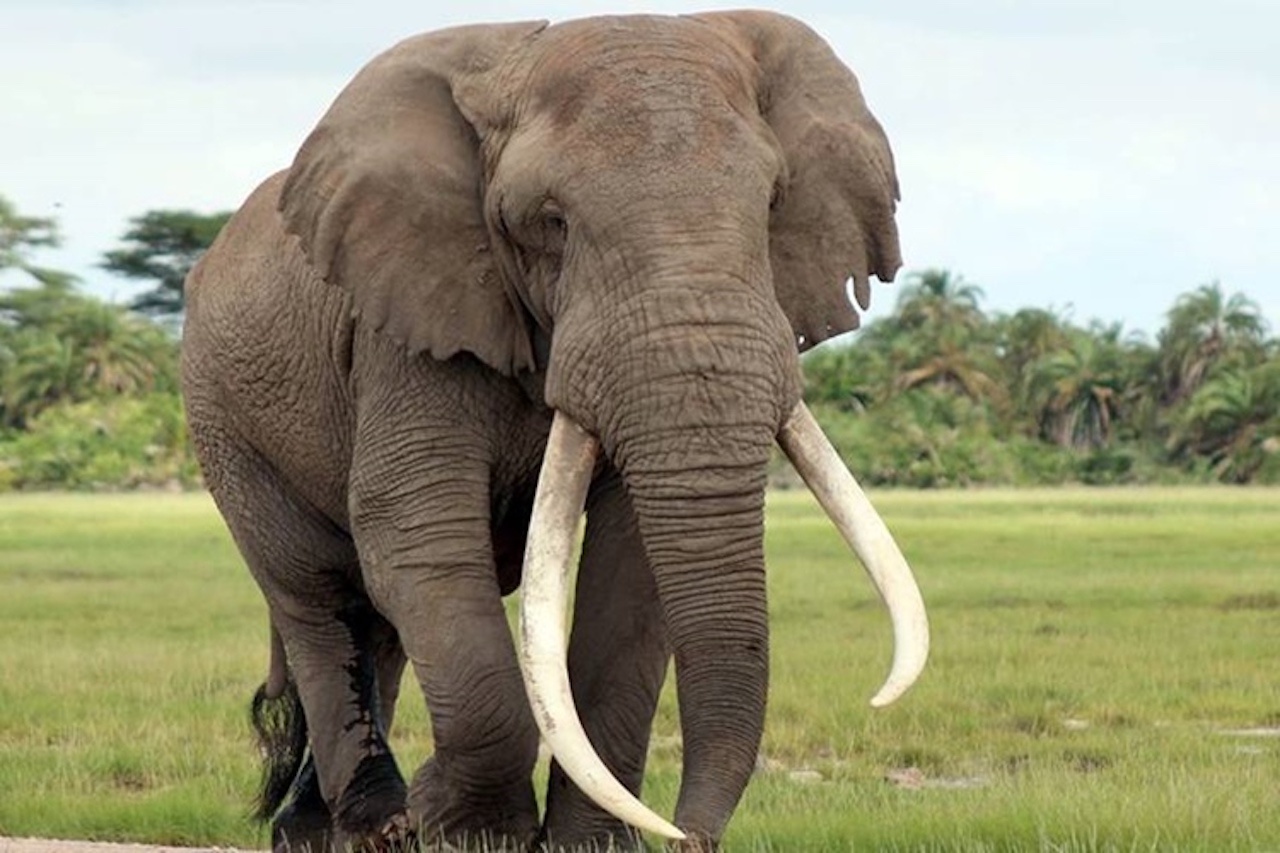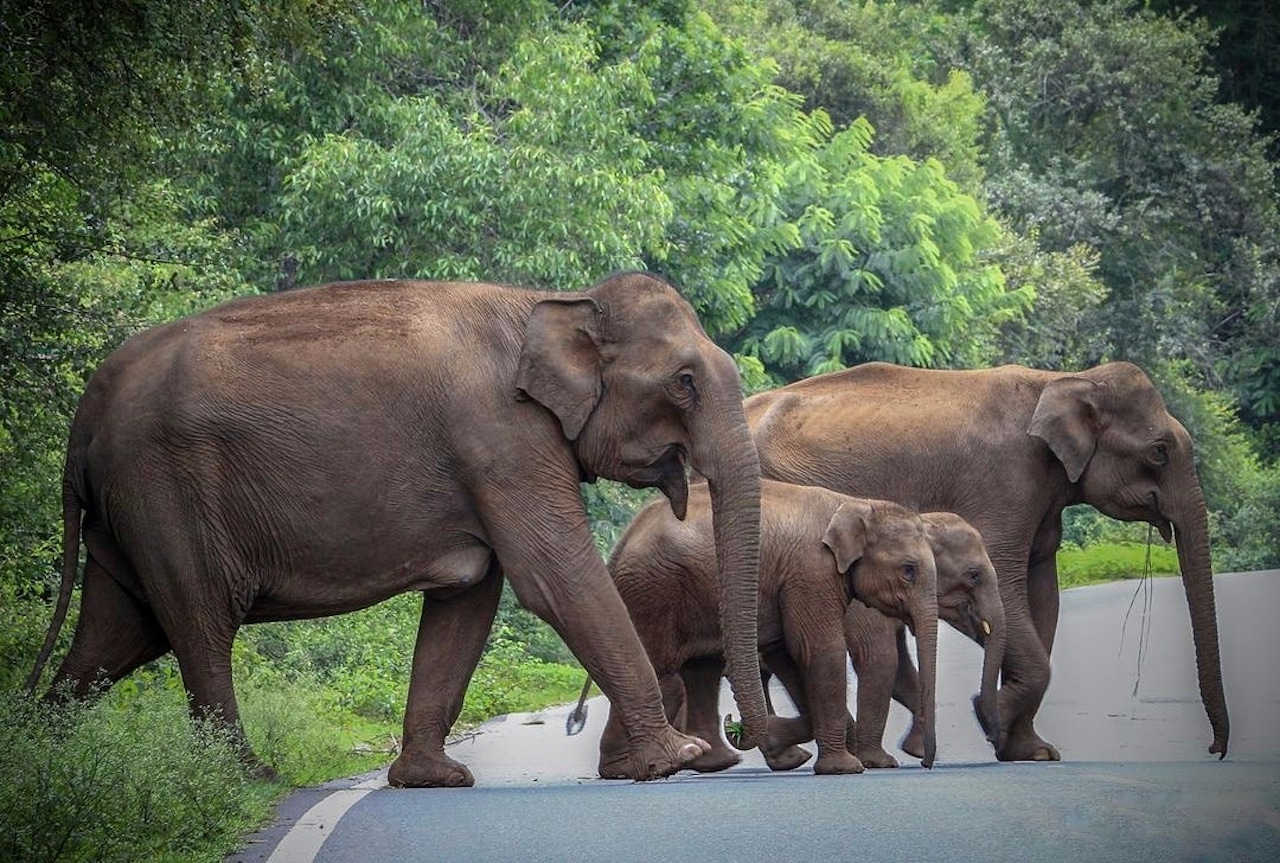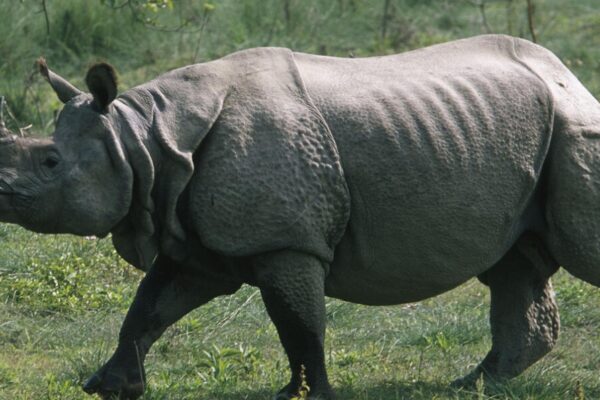Athagarh Jumbo Killings in Orissa Show Lack of Action, Poaching at Rise
Increasing jumbo killings in the region indicate that Athagarh Forest Division of Cuttack district seems to have a flourishing poaching network

Image: Sambad English
Last week, another tusker’s skeletal remains were recovered from the Athagarh region, Orissa. This is the third incident this month in the Athagarh Forest Division of Cuttack district. Hence, the incident has soared the heat on the forest department which assigned a Chief Conservator of Forests (CCF)-ranked officer to look into the matter. The main reason for the untimely deaths of jumbos in Orissa is poaching. Since ivory is precious, poachers illegally try to get it by jumbo killings.
Nobody from the forest department has any idea about the tusks’ disappearance. Even in the neighbouring Boudh district, the cannabis mafia used hired guns for poaching two elephants for their tusks. Such situations indicate that poaching network is flourishing in the forests of Orissa.
Nonetheless, the state government has shown an apathetic attitude toward this alarming incident. The government only took action after Union Minister Dharmendra Pradhan shared a post on social media to flag his concern about the alarming deaths of elephants in the state.
After that, the state government commissioned a Special Investigation Team to investigate the matter. Even Bhupendra Yadav, Minister of Forests, Environment and Climate Change, urged the state government to take stringent actions against poaching.
After all, elephants are a crucial part of Orissa’s culture. Even the erstwhile kings are titled Gajapati if they carried an army of elephants. There are also many illustrations showing Lord Jagannath and his divine siblings wearing an elephant attire – a Hati Besha. Despite such cultural significance, the elephants are facing a terrible plight in this region. Besides poaching, another reason for increasing elephant deaths in Orissa is due to ever-expanding urbanisation, linear infrastructure, and mindless mining.

Image: Twitter
Even some locals don’t mind jumbo killings, due to man-elephant conflict – as many people are residing near elephant movement areas. And, this often leads to human deaths when they disrupt the elephant movement. In the past 12 years, more than 970 elephants have died due to poaching, electrocution, poisoning, and accidents.
The government needs to continue awareness programmes for people to stop and immediately report any poaching incidents. Moreover, the government has already deployed anti-poaching and anti-smuggling staff in strategic places to prevent elephant poaching. They are also planning to install trackers in forest areas for strict monitoring of the elephant habitats and their movements.
Jitasatru Mohanty, a former conservator of forests, said;
“There is a lot of work needed to be done to reduce elephant deaths due to electrocution and train hits. The electricity lines should either be undergrounded or the height should be increased to such a level that elephants will not come across the live wires.”
There must be proper coordination among the field-level officials of forest and railway departments for preventing elephant-train collisions as well. Furthermore, regional people, who stay near elephant movement areas, also need awareness programmes to reduce man-animal conflict.
For instance, the Forest Department of Baripada territorial division in the Mayurbhanj district has already started the ‘Early Warning System’ to make a network of telephone numbers of villagers residing in the territory. The officials warn them on the telephone about elephant movements. The state government hopes that such initiatives will make regional people more aware of elephants’ significance.


